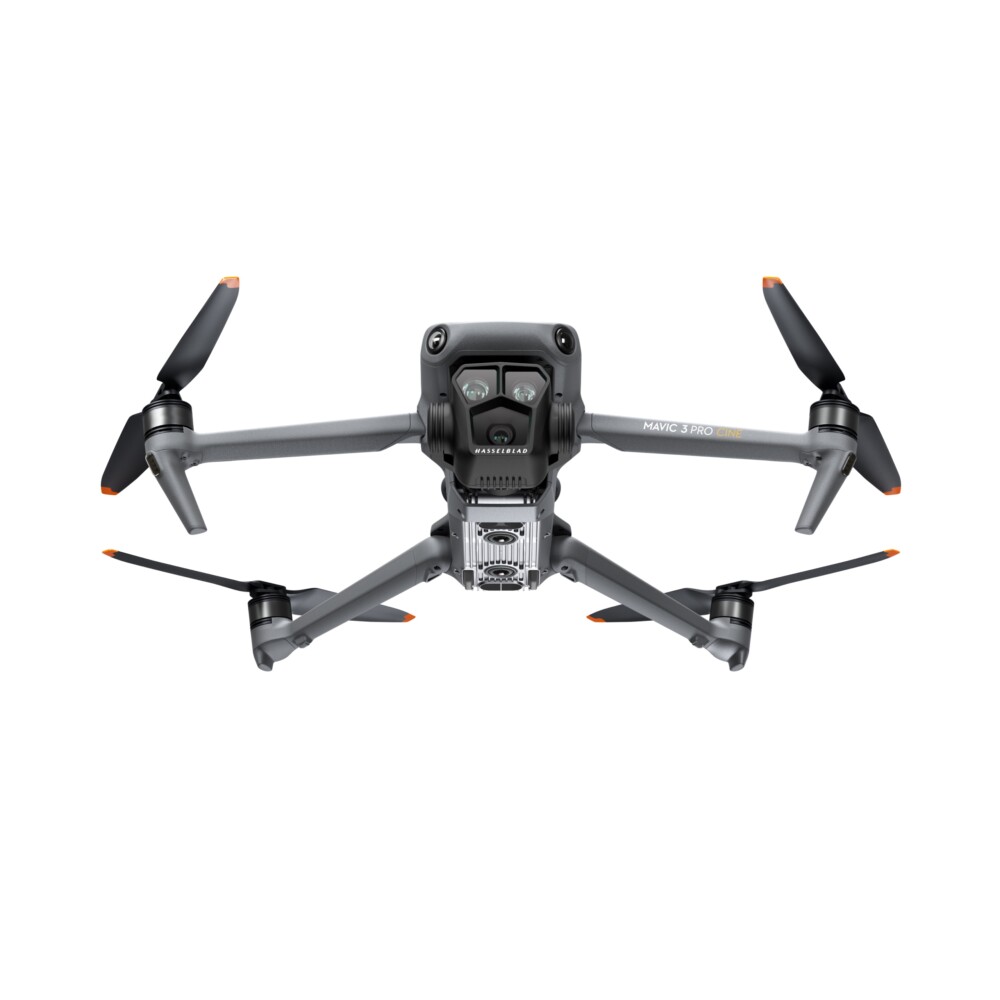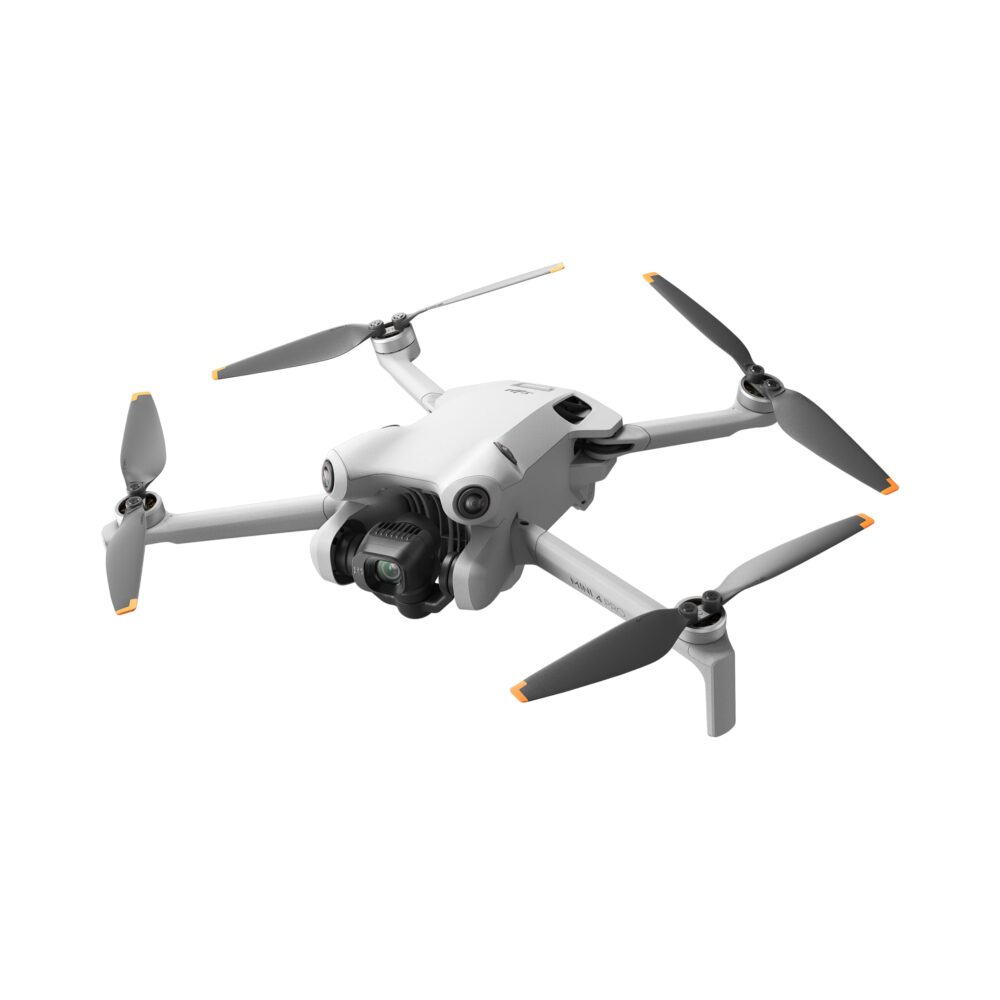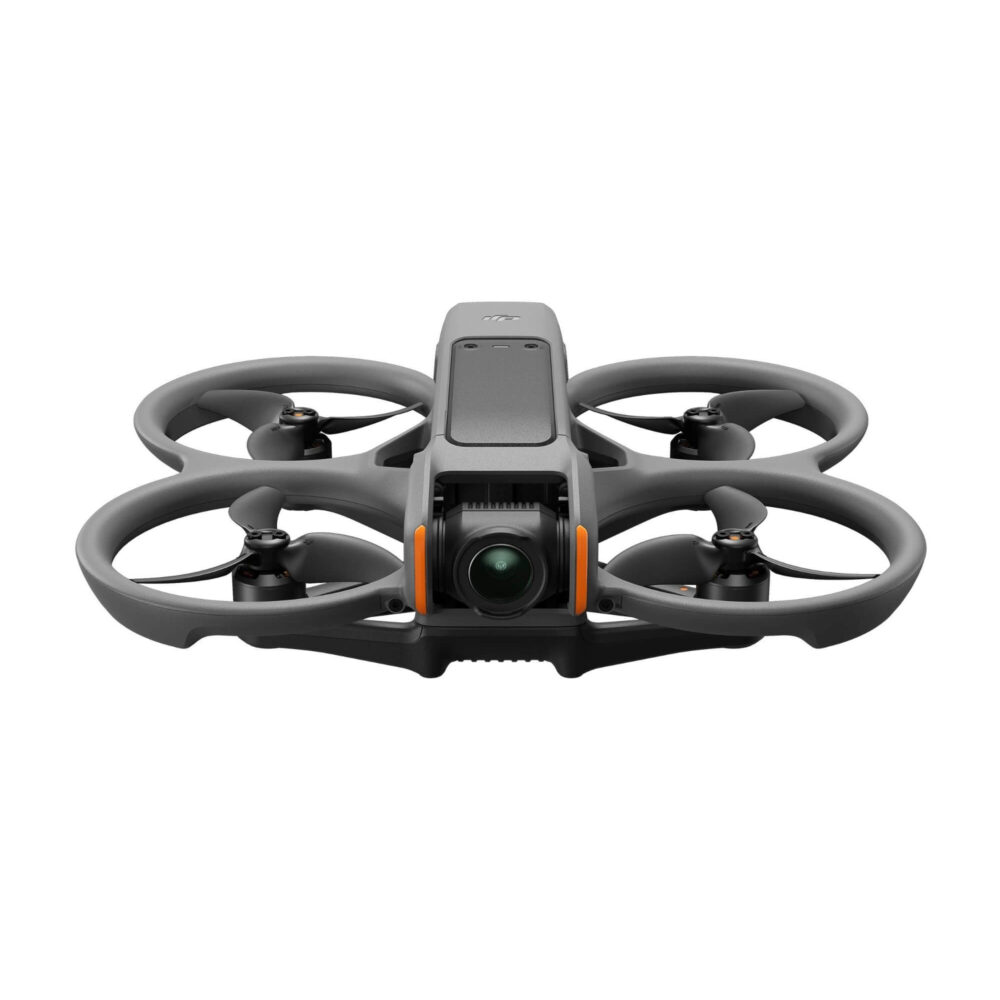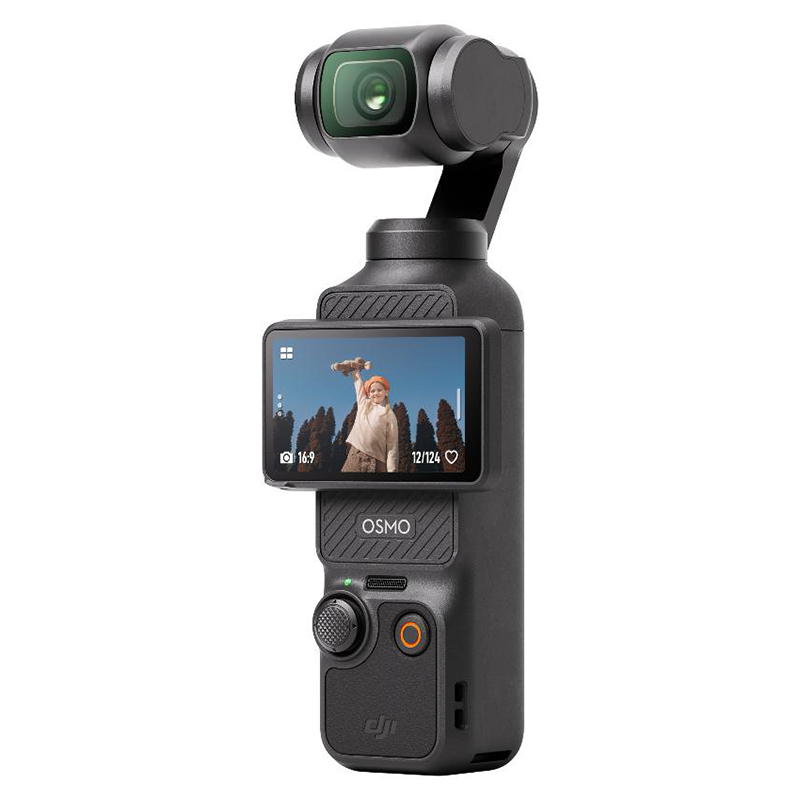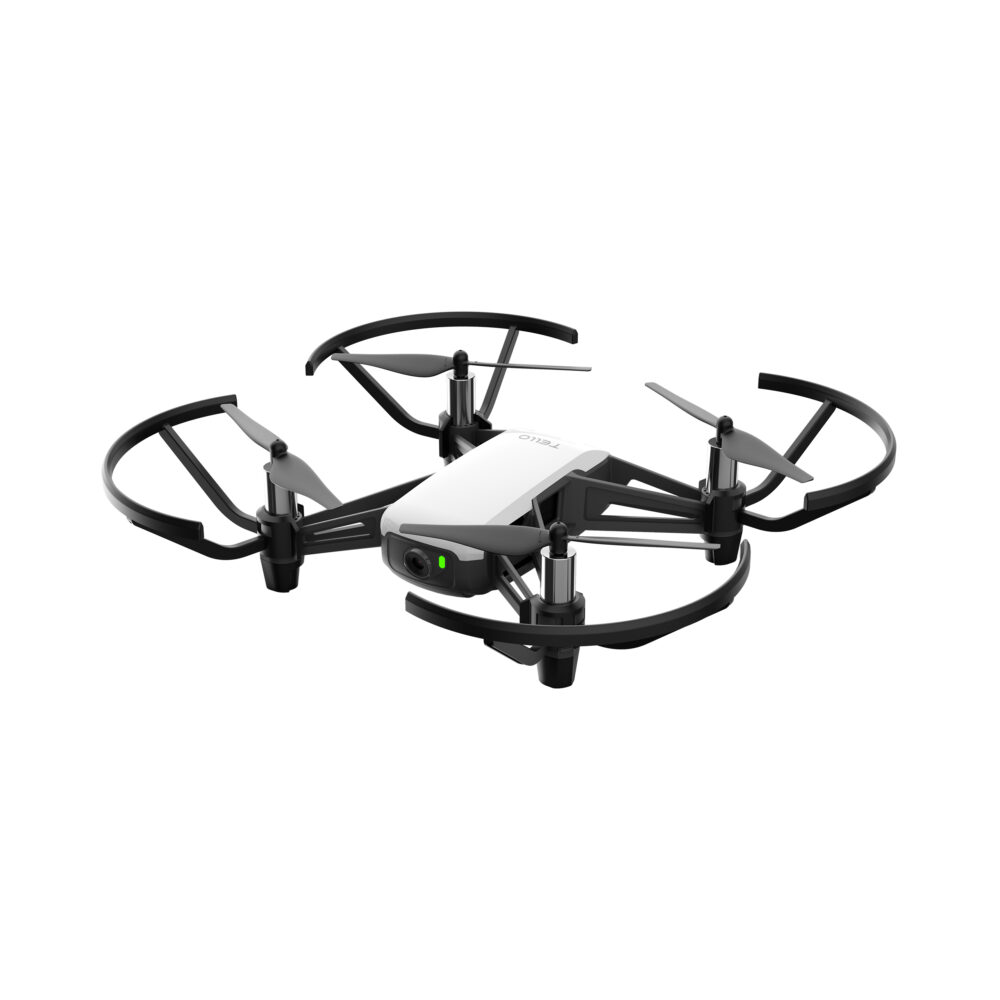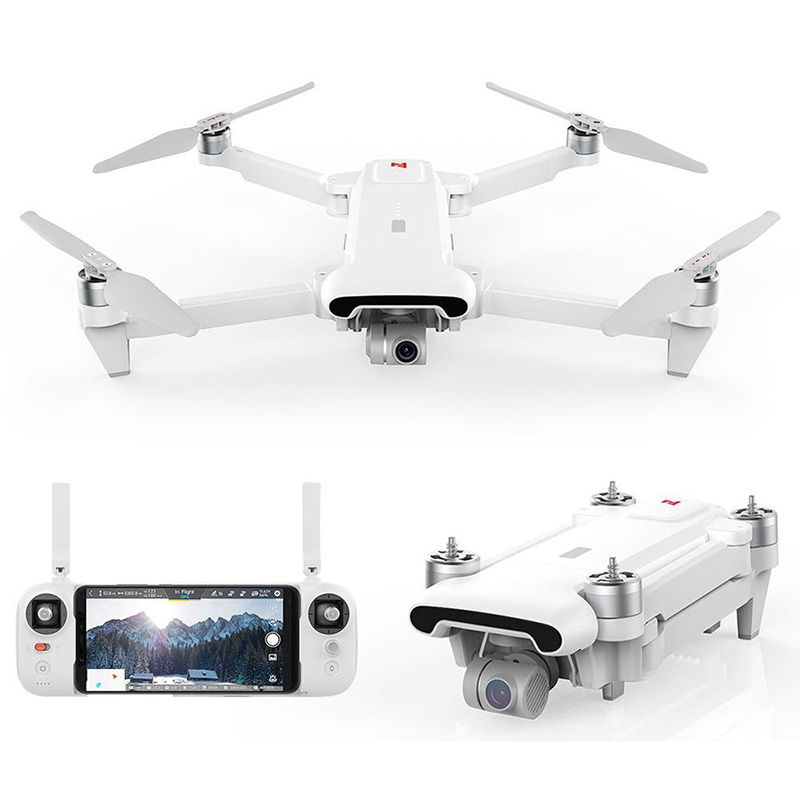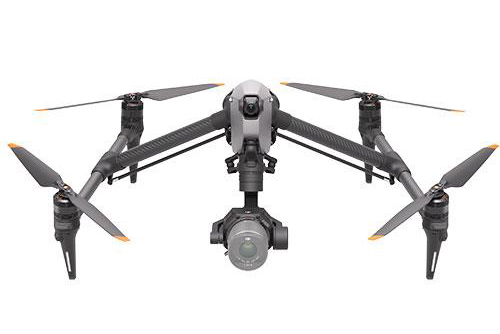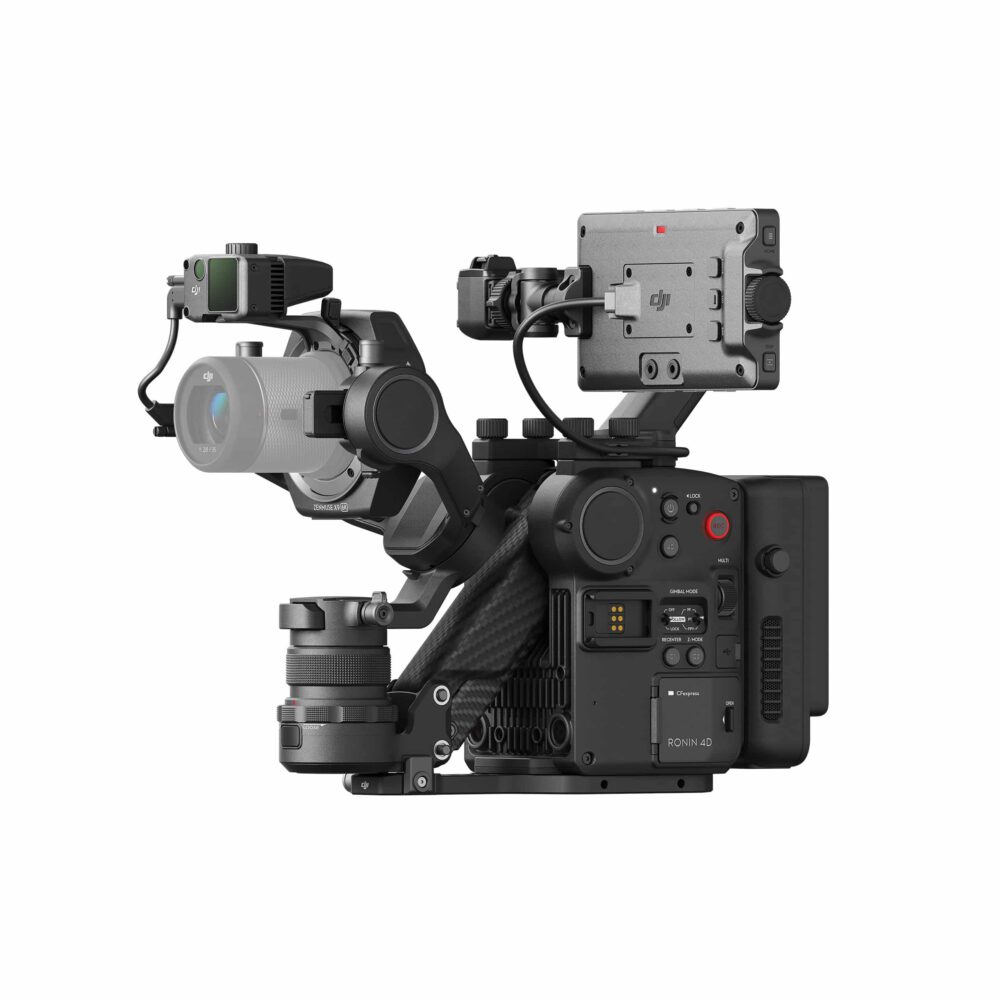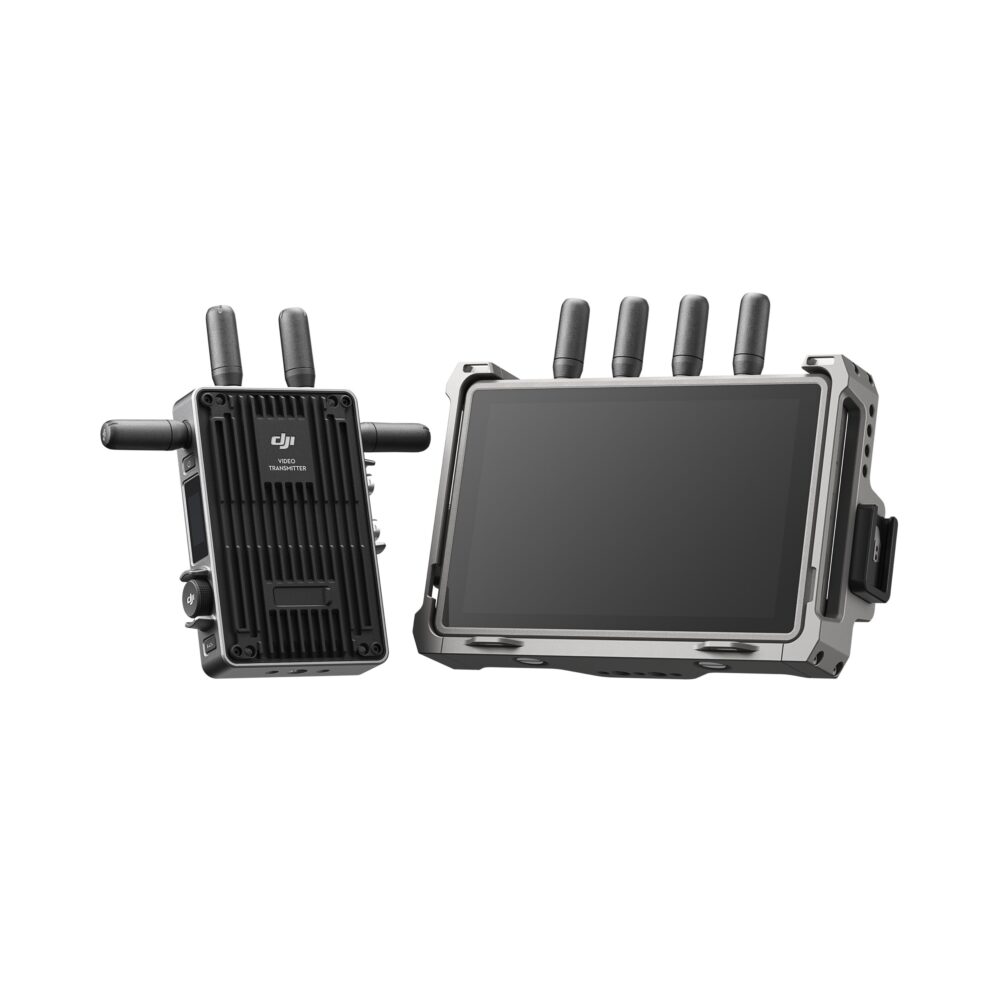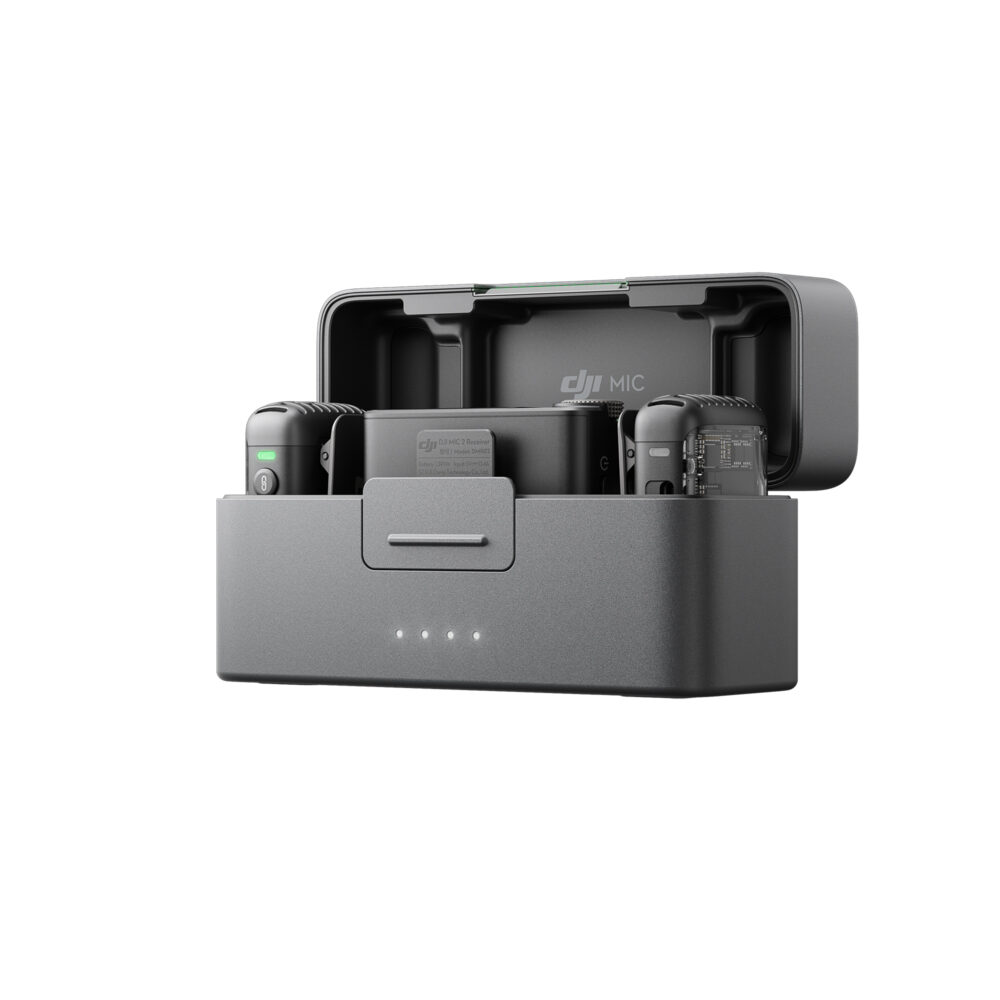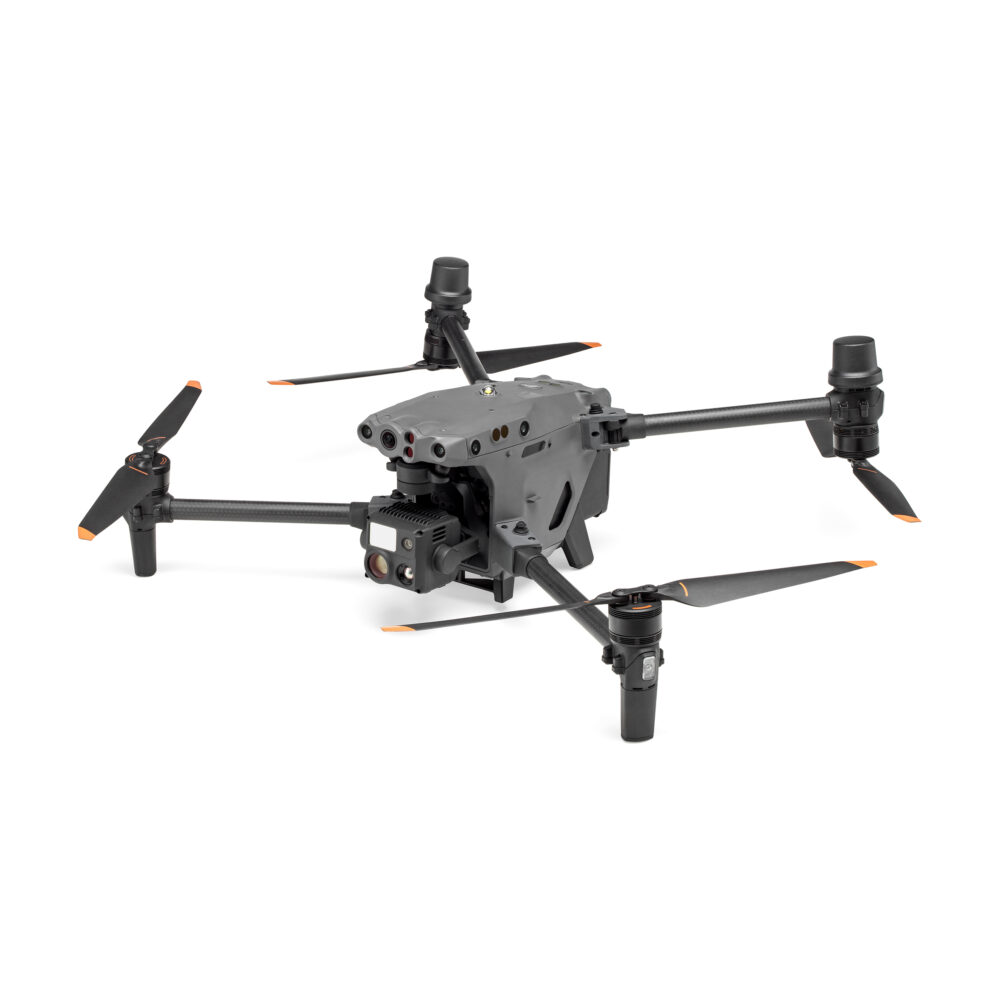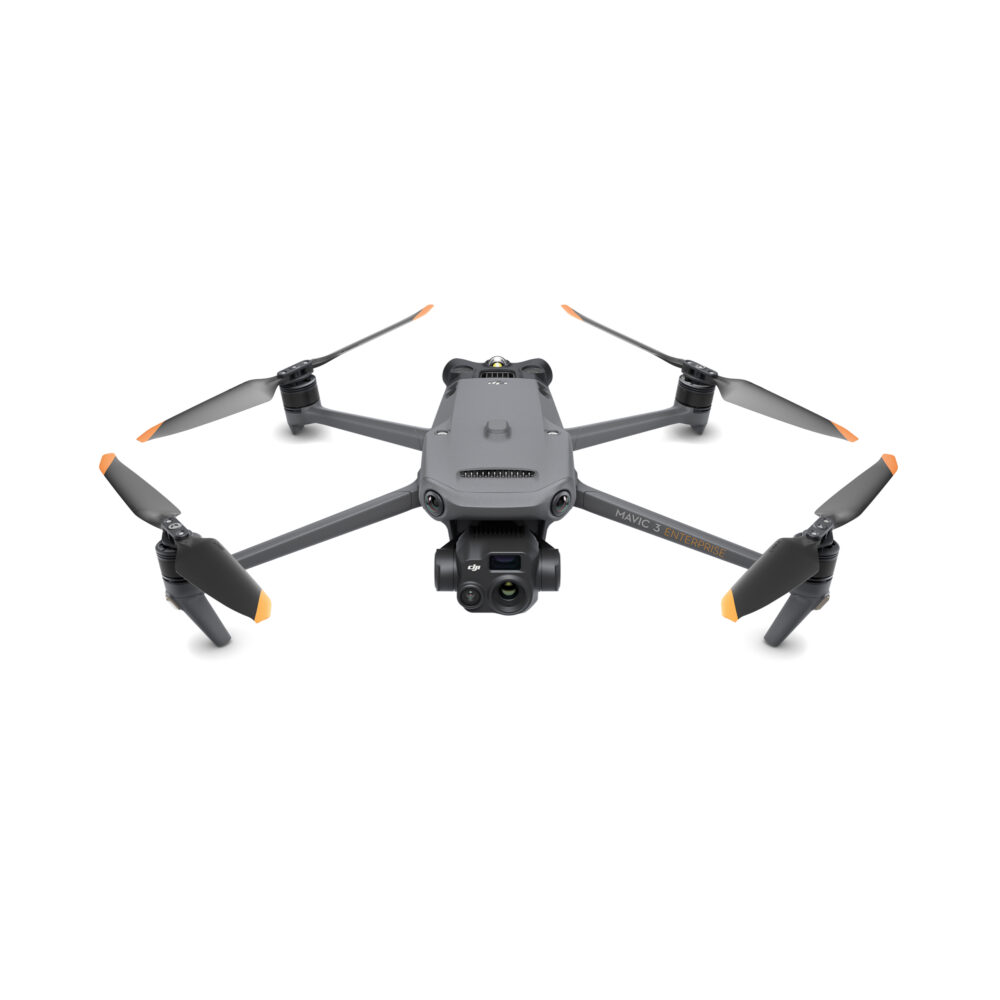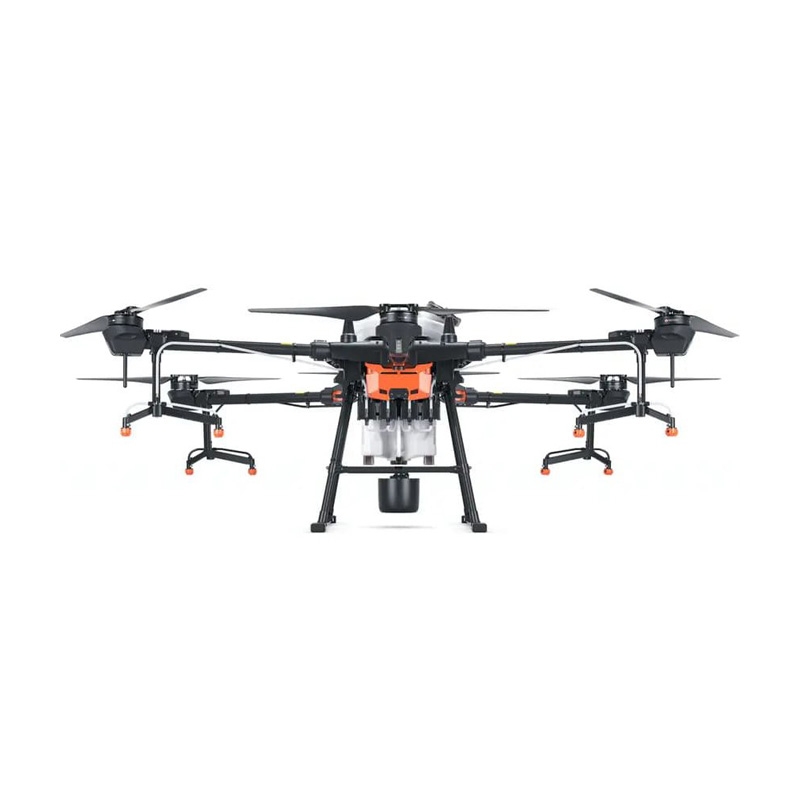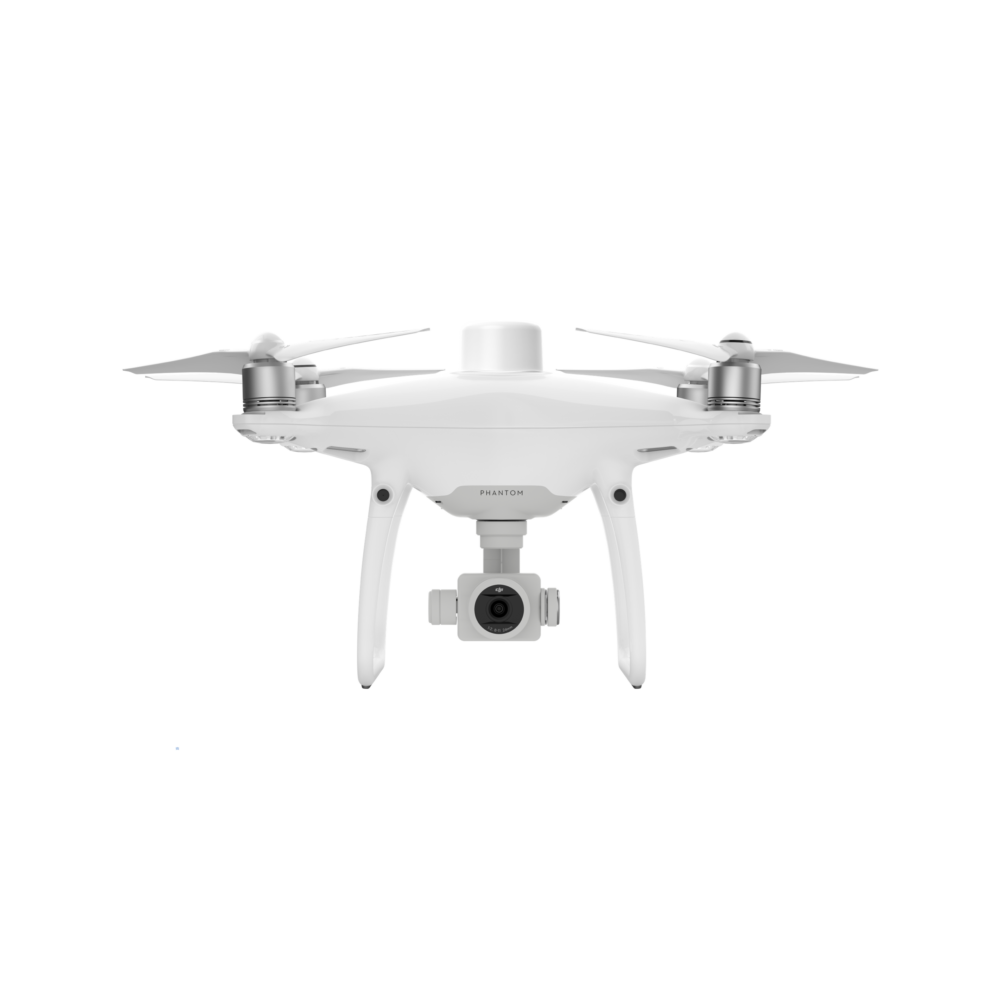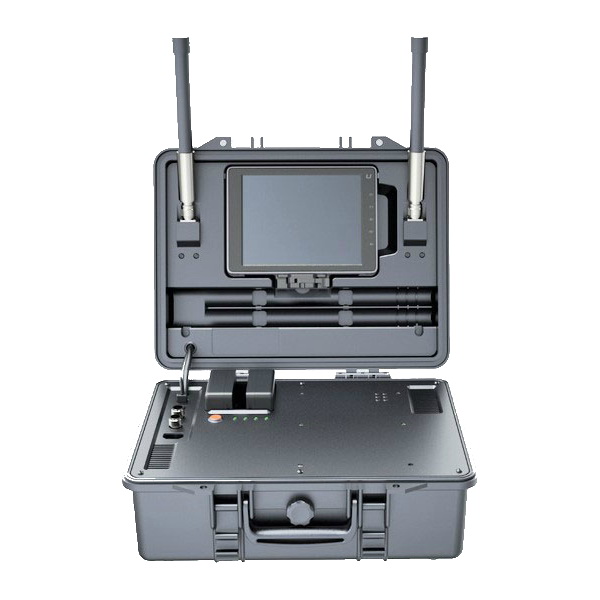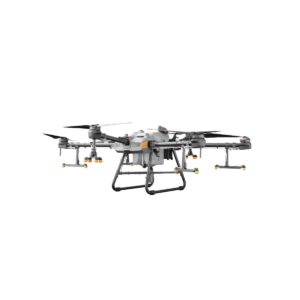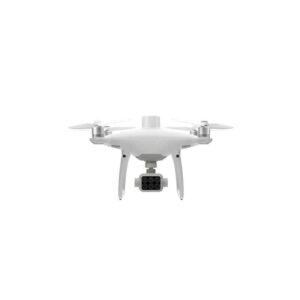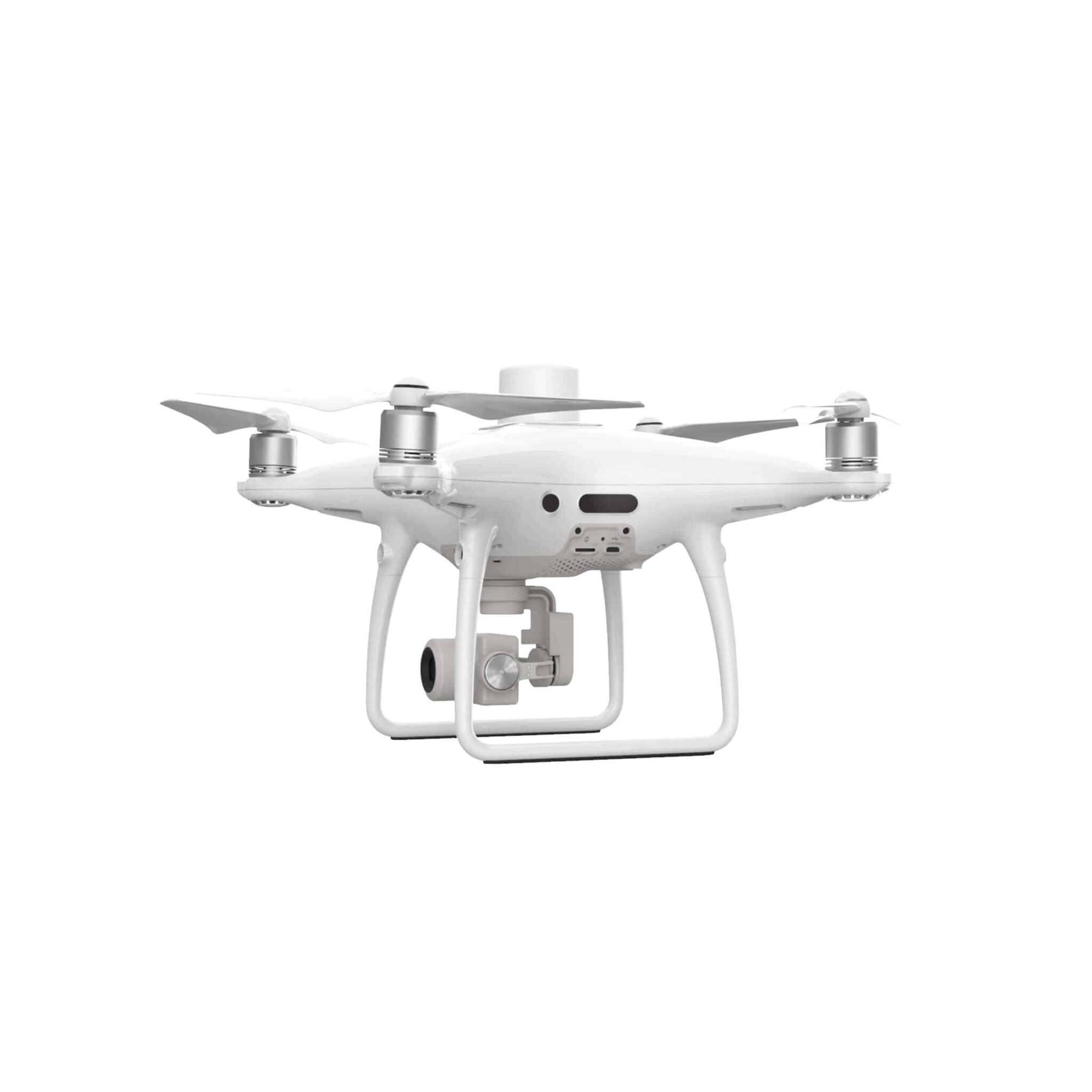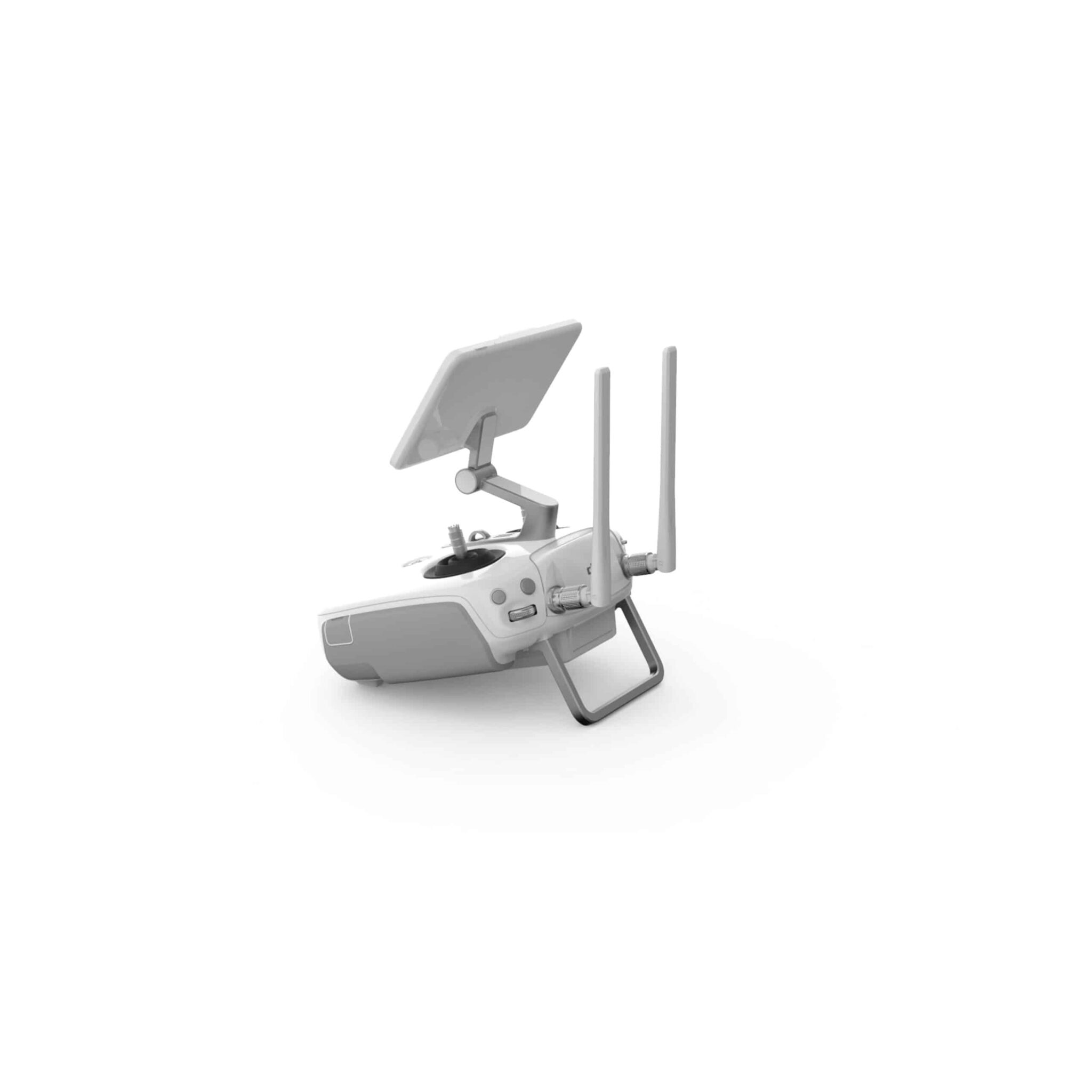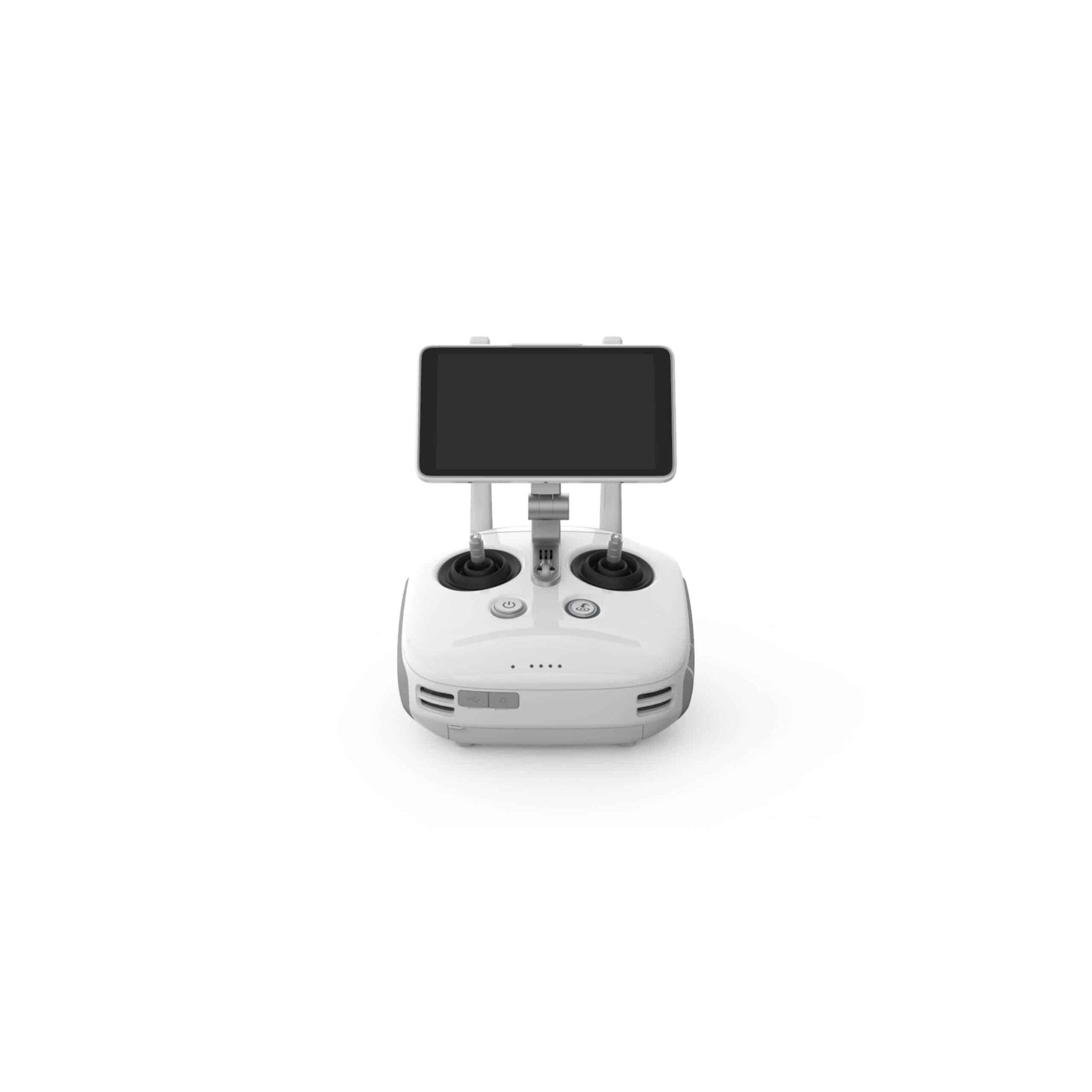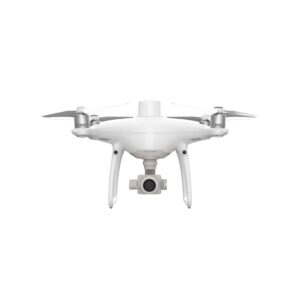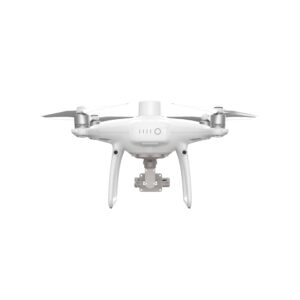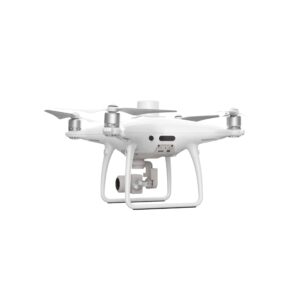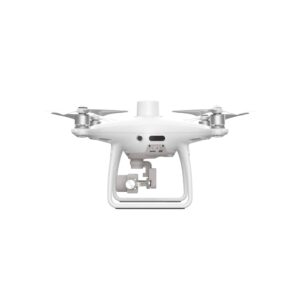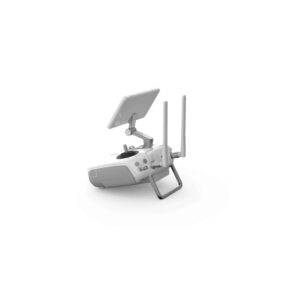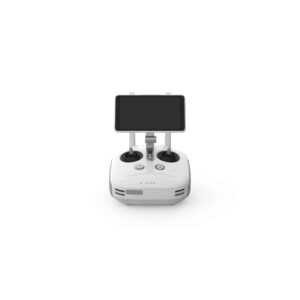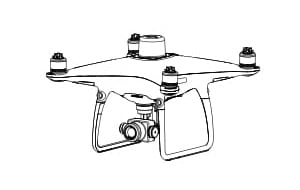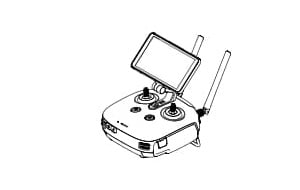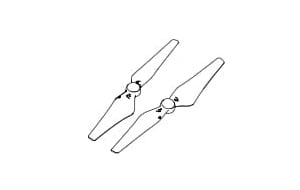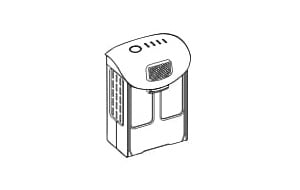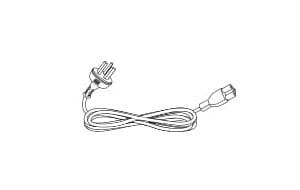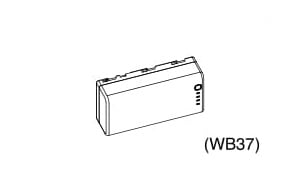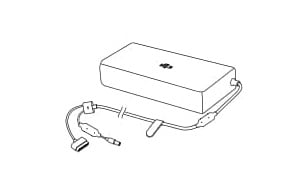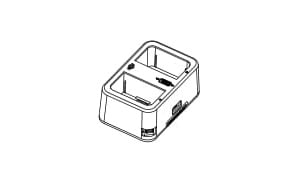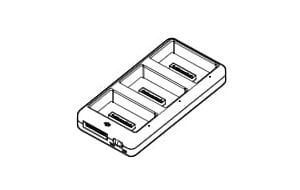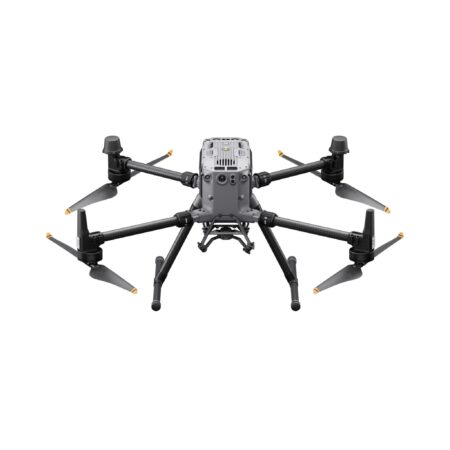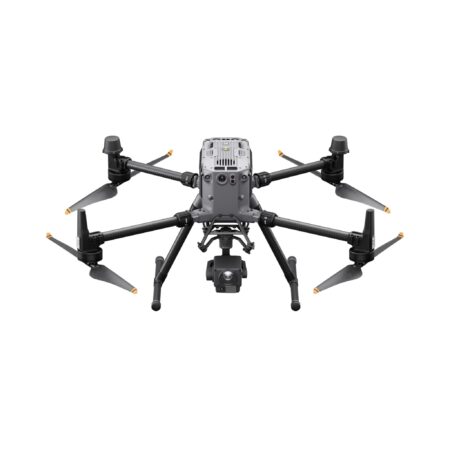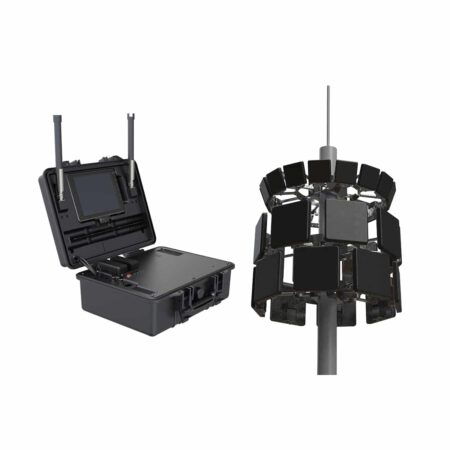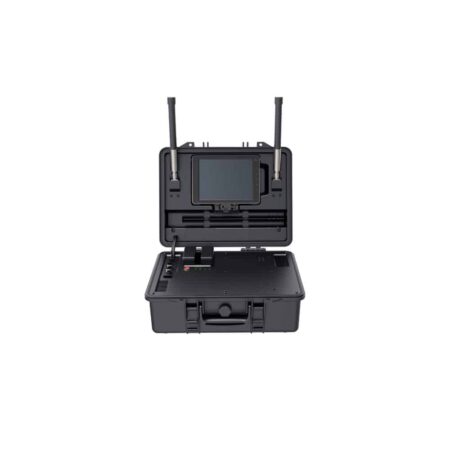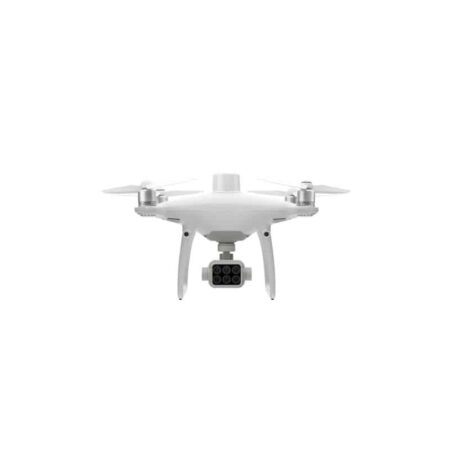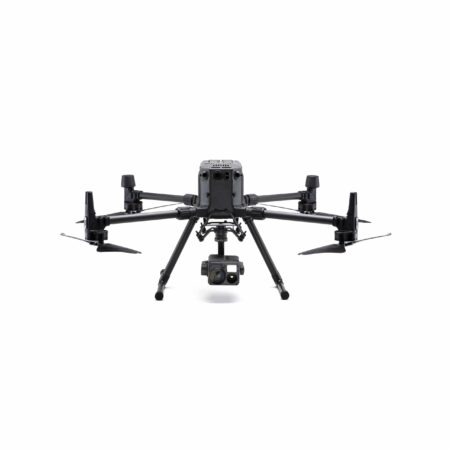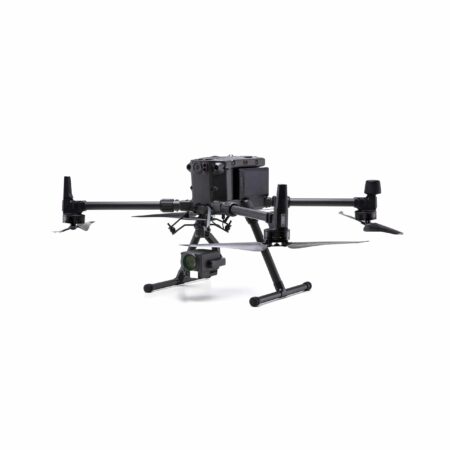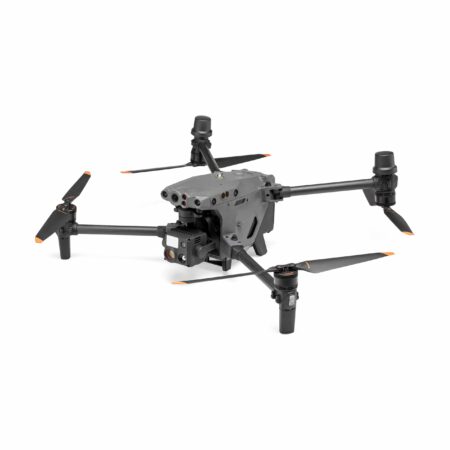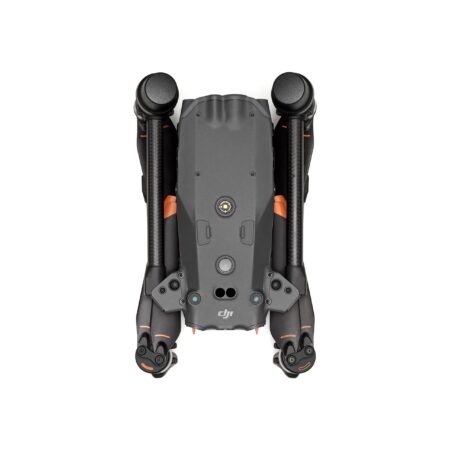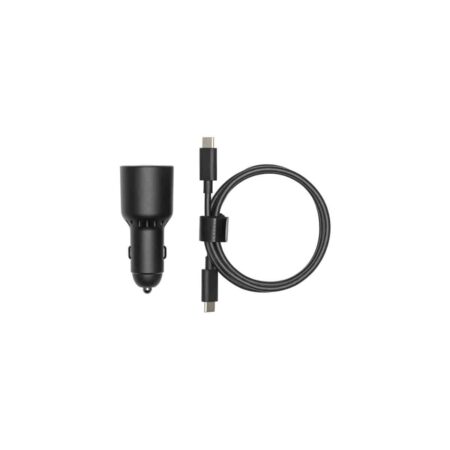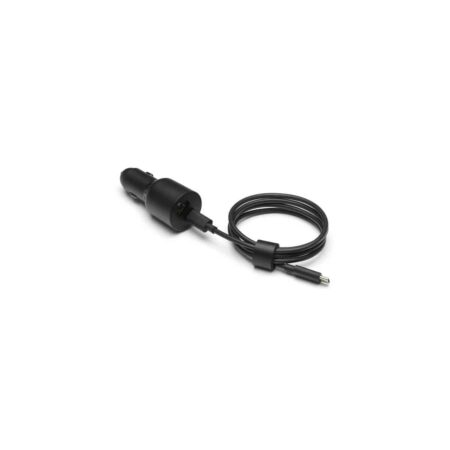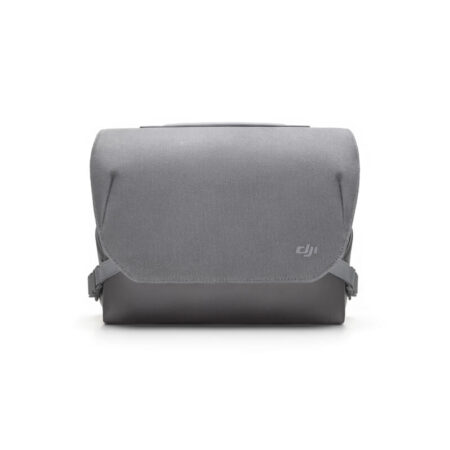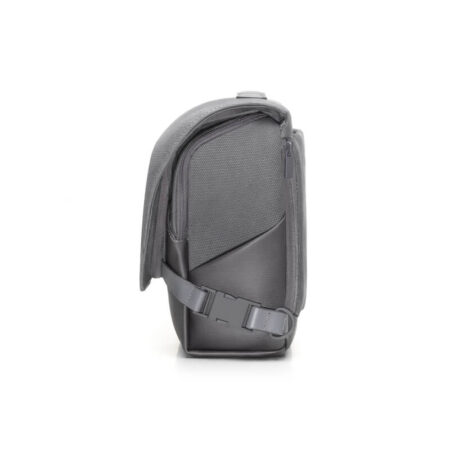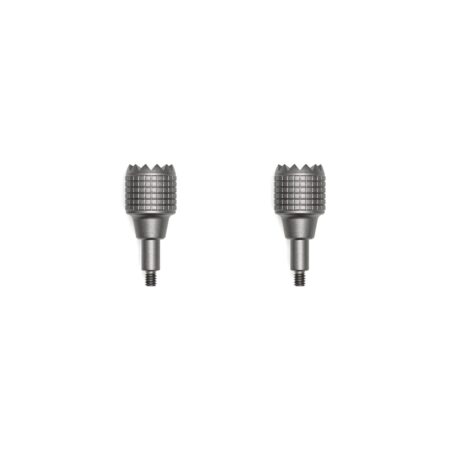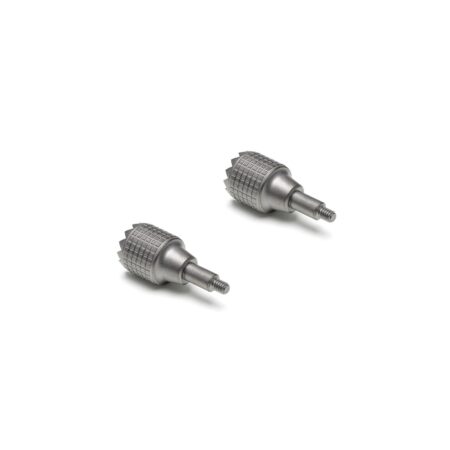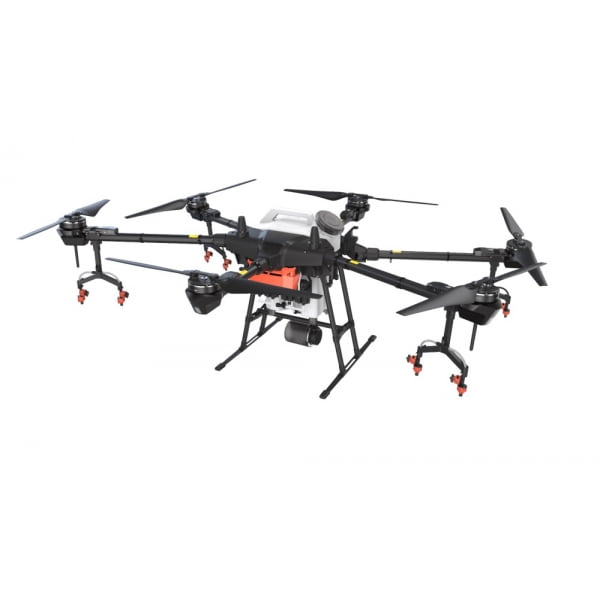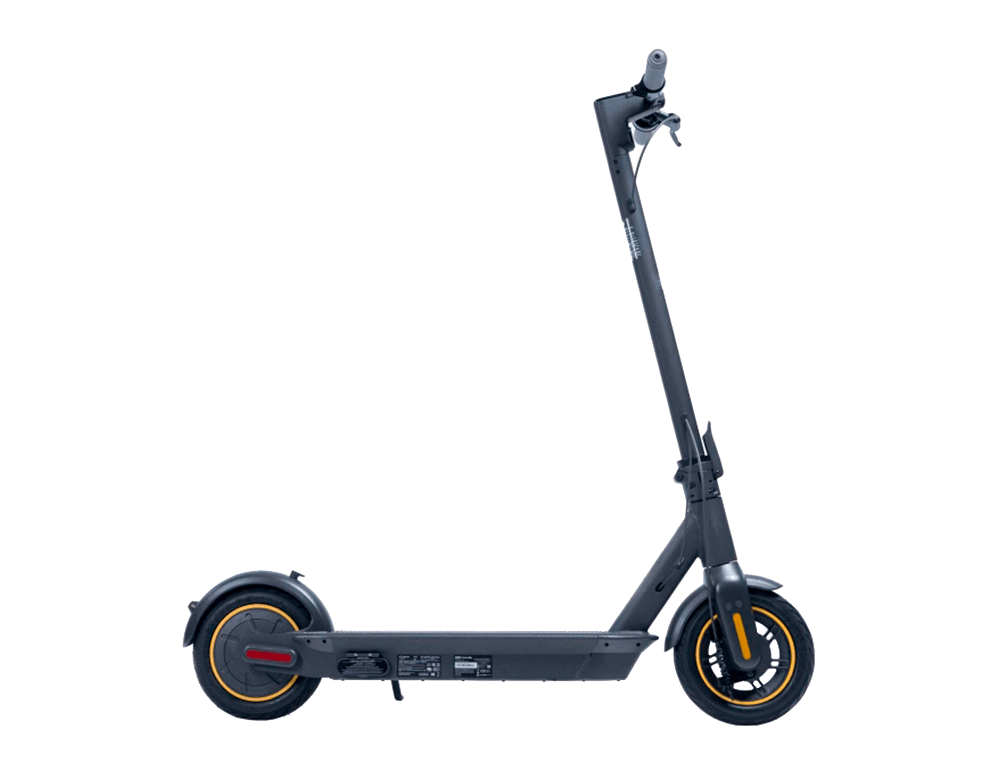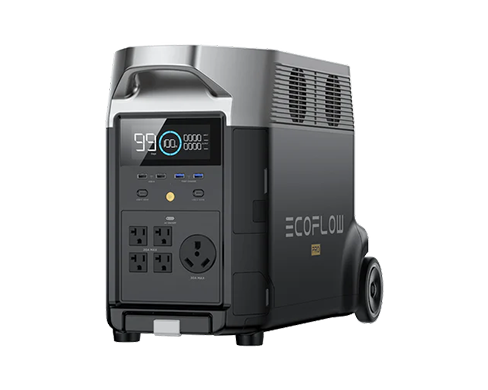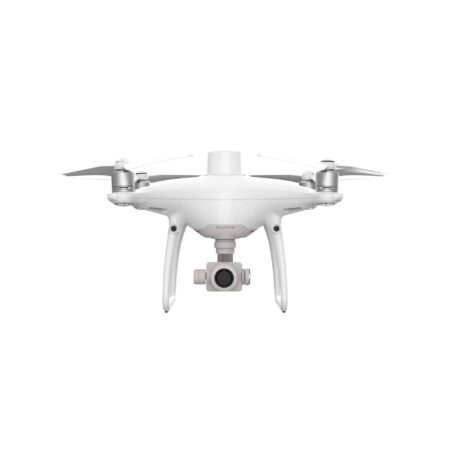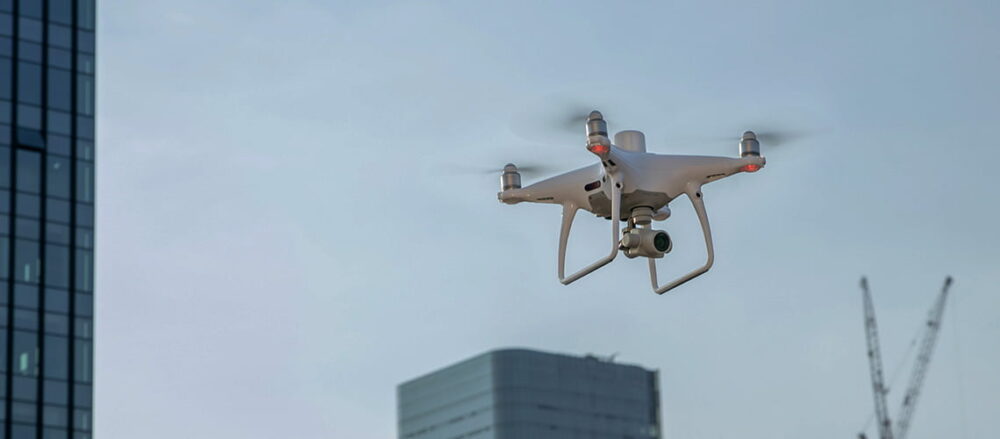
DJI Phantom 4 RTK
Visionary Intelligence. Elevated Accuracy. HIGH PERFORMANCE
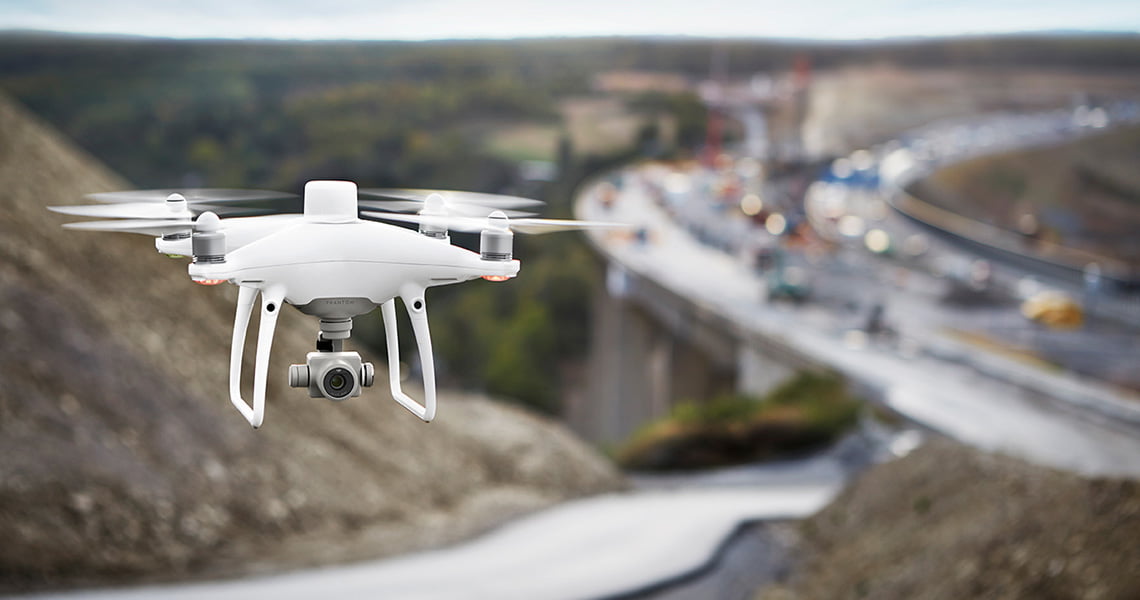
The last word in cartography and geodesy
Upgrade your next mapping mission with the Phantom 4 RTK – the most compact and accurate low altitude mapping solution. Its new module that provides you with the best data, as well as a high-performance image processing system, along with other features, make it an ideal choice for surveying and mapping work.
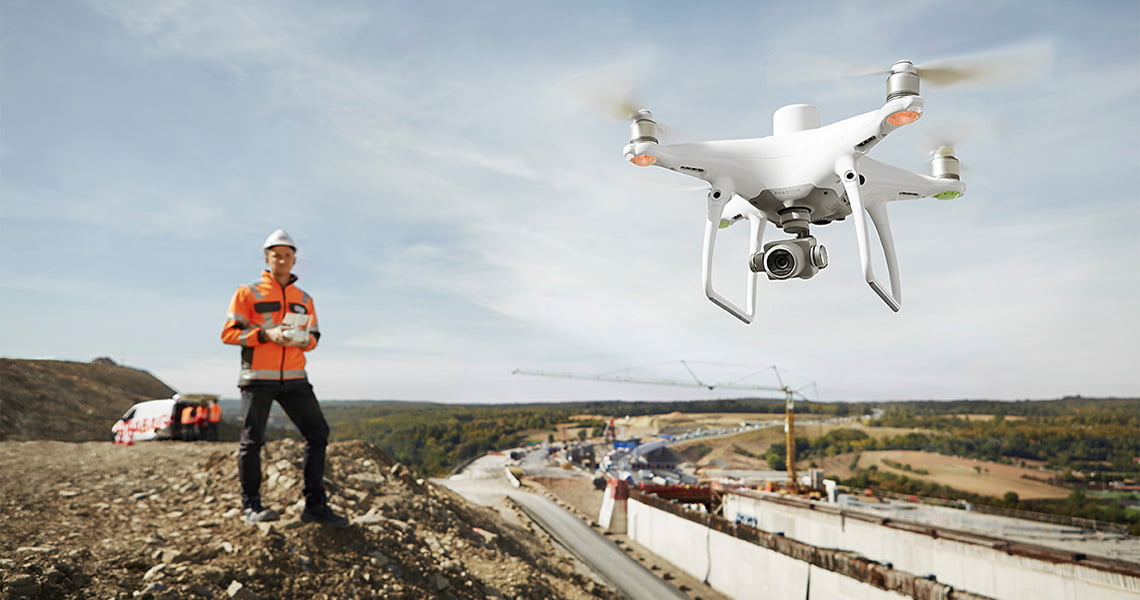
Next Generation Mapping
DJI has rethought its drone technology from the ground-up, revolutionizing its systems to achieve a new standard for drone accuracy – offering Phantom 4 RTK customers centimeter-accurate data while requiring fewer ground control points.
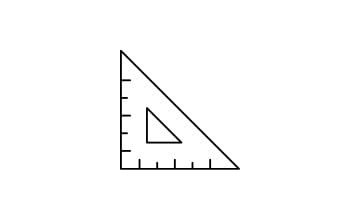
Horizontal Accuracy
1cm+1ppm RTK Horizontal Positioning Accuracy
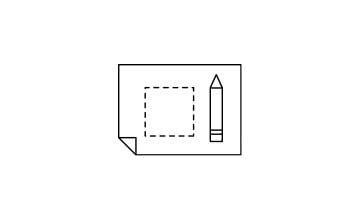
Vertical Accuracy
1.5cm+1ppm RTK Vertical Positioning Accuracy
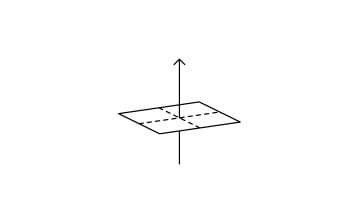
Accuracy of Photogrammetric Models
5cm* (*When flying at 100m height, 2.7cm GSD, sunny.) Absolute Horizontal Accuracy of Photogrammetric Models
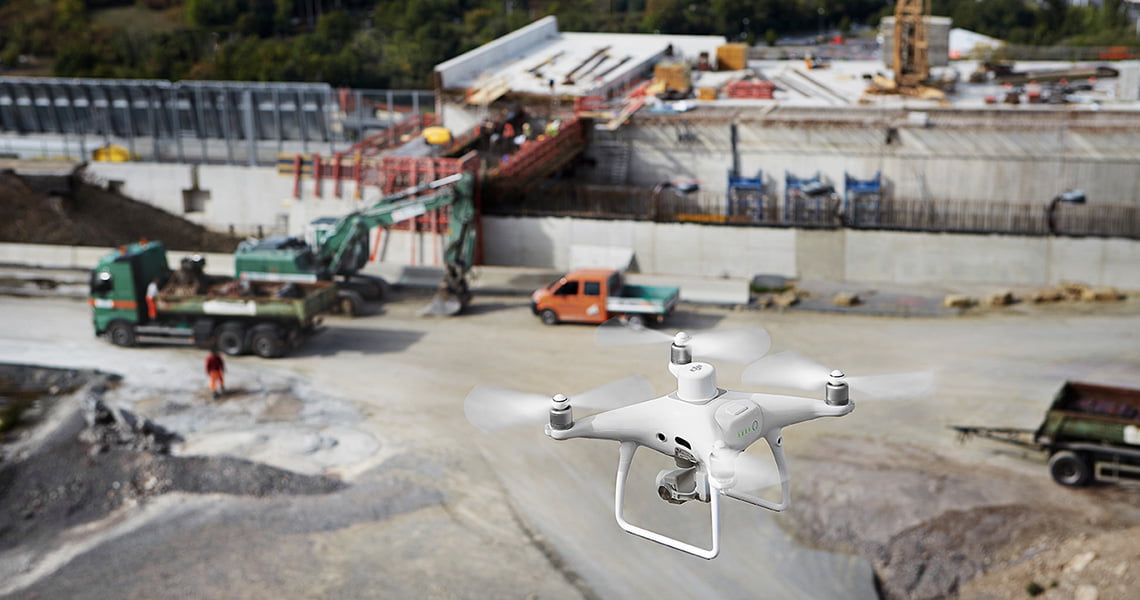
High Precision and Safety
Unlike DJI industrial platforms, the Phantom 4 series models have never been equipped with RTK modules before. The new modification of the famous fourth series, on the contrary, received such equipment for the first time, which gave it new properties. Such a model is sure to attract the attention of professionals, because in addition to a powerful camera and extensive post-processing capabilities, it guarantees the receipt of accurate data on the location of the drone in real time, moreover, with unprecedented accuracy (1 cm) and a minimum error in image metadata.
However, the benefits of the Phantom 4 RTK don’t stop there. The presence of an RTK module is important, but it is equally important to ensure safe piloting, especially in conditions of strong interference and weak signal, which are usually characteristic of urban environments. Therefore, in addition to the RTK receiver, the Phantom 4 RTK is equipped with a satellite positioning system module. The use of two modules at once – RTK and a satellite systems module – gives a synergistic effect, enhancing the safety of piloting and the degree of accuracy of information for performing geodesy, cartography and inspection tasks.
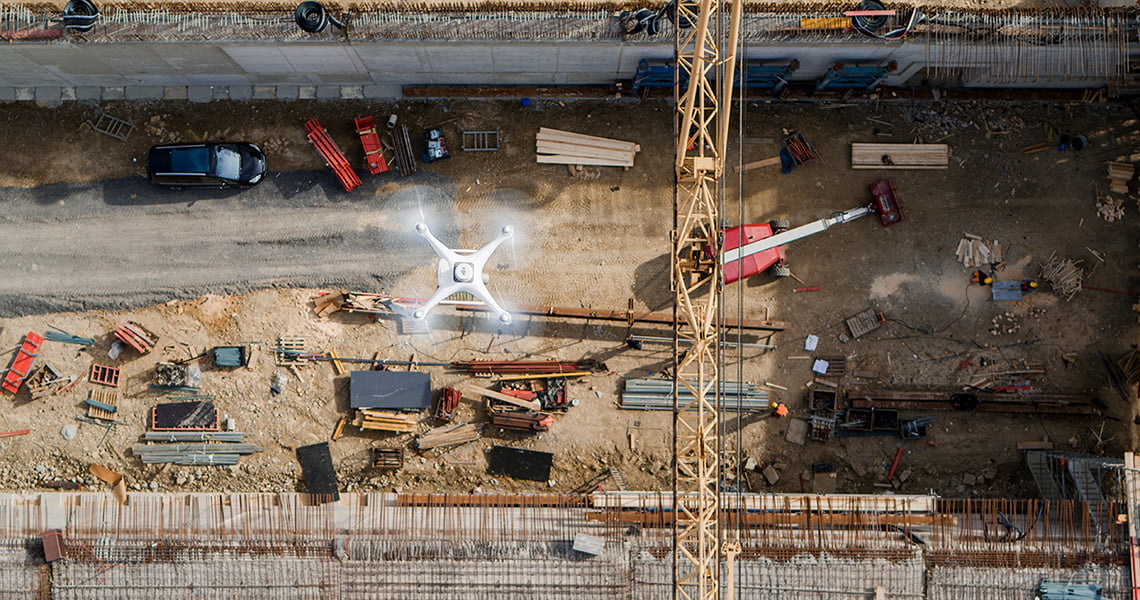
Centimeter-Level Positioning System
A new RTK module is integrated directly into the Phantom 4 RTK, providing real-time, centimeter-level positioning data for improved absolute accuracy on image metadata. In addition to optimized flight safety and precise data collection, the Phantom 4 RTK stores satellite observation data to be used for Post Processed Kinematics (PPK), which can be conducted using DJI Cloud PPK Service*. Fit the Phantom 4 RTK to any workflow, with the ability to connect this positioning system to the D-RTK 2 High Precision GNSS Mobile Station, or NTRIP (Network Transport of RTCM via Internet Protocol) using a 4G dongle or WiFi hotspot.
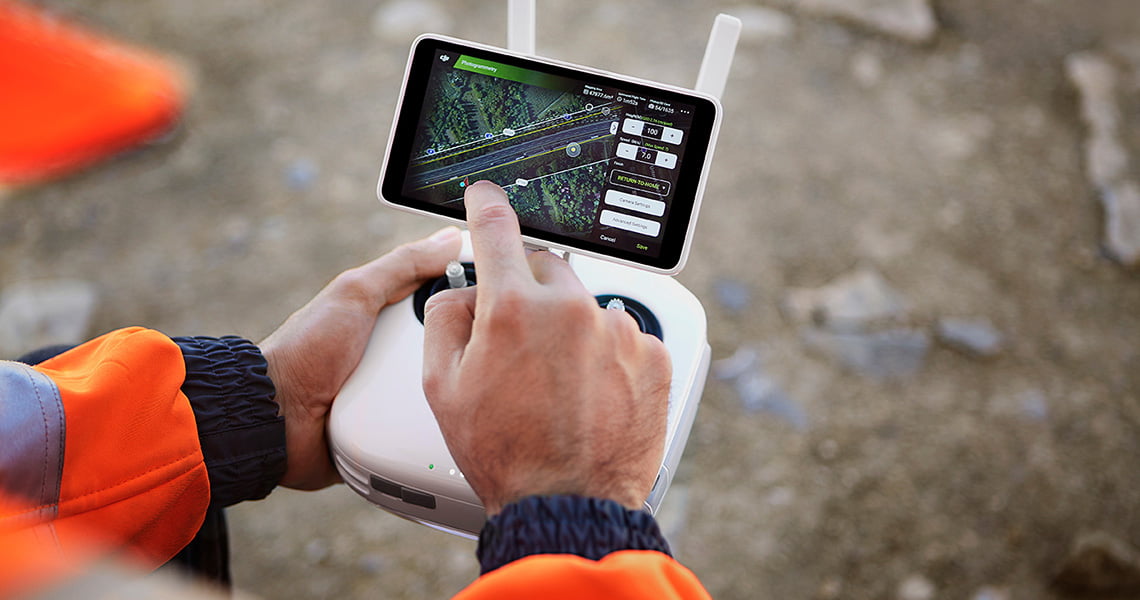
Gather Accurate Data with TimeSync
To take full advantage of the Phantom 4 RTK’s positioning modules, the new TimeSync system was created to continually align the flight controller, camera and RTK module. Additionally, TimeSync ensures each photo uses the most accurate metadata and fixes the positioning data to optical center of the lens – optimizing the results from photogrammetric methods and letting the image achieve centimeter-level positioning data.
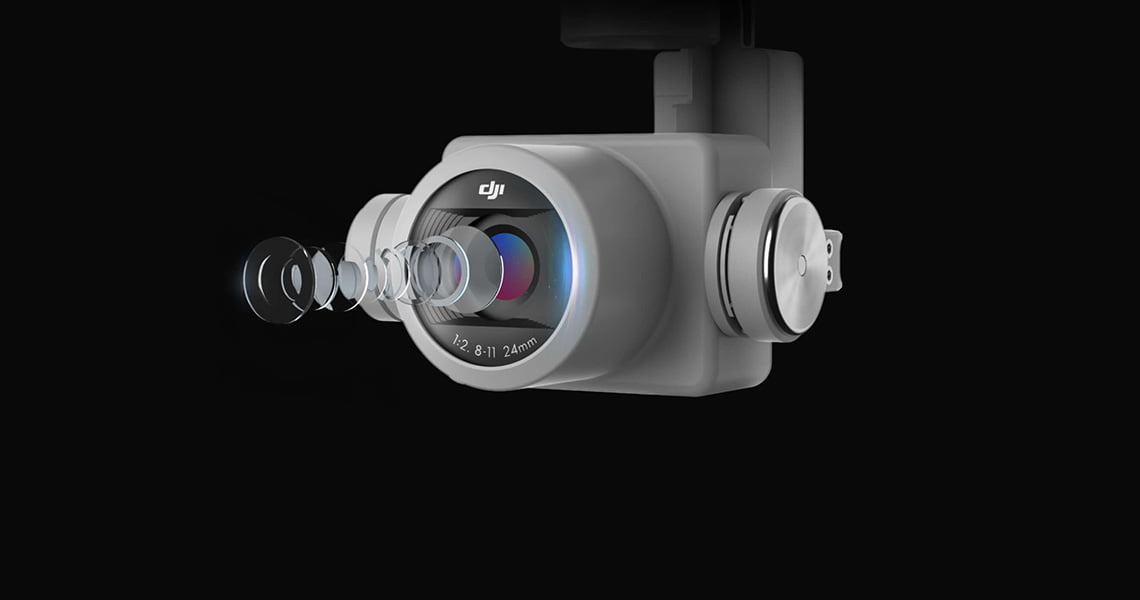
Precise Imaging System
Capture the best image data with a 1-inch, 20-megapixel CMOS sensor. Mechanical shutter makes mapping missions or regular data capture seamless as the Phantom 4 RTK can move while taking pictures without the risk of rolling shutter blur. Due to the high resolution, the Phantom 4 RTK can achieve a ground sample distance (GSD) of 2.74 cm at 100 meters flight altitude.
To ensure each Phantom 4 RTK offers unparalleled accuracy, every single camera lens goes through a rigorous calibration process, with parameters saved into each image’s metadata, letting post-processing software adjust uniquely for every user.
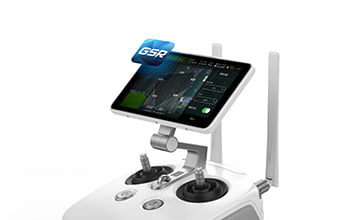
Purpose-Built Application
A new DJI GS RTK app and Remote Controller with built-in screen, giving users a streamlined control scheme for surveying missions and other data acquisition scenarios.The GS RTK app allows pilots to intelligently control their Phantom 4 RTK, with multiple planning modes, including Photogrammetry (2D and 3D), Waypoint Flight, Terrain Awareness, Block Segmentation*, and more. Users can also import KML/KMZ files to optimize the workflow for their missions.With the built-in screen, pilots can clearly view and plan their missions on an ultra-bright, 5.5-inch HD display. *In some countries, local regulations do not permit Multi-Aircraft Control when executing Block Segmentation missions or require special approval. Please consult and follow the applicable rules wherever you operate.
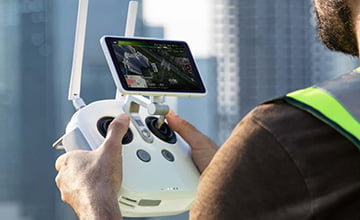
OcuSync Transmission System
Enjoy stable and reliable HD image and video transmission at distances of up to 7 km, great for mapping larger sites*. *Unobstructed, free of interference, when FCC compliant. Maximum flight range specification is a proxy for radio link strength and resilience. Always fly your drone within visual line of sight unless otherwise permitted.
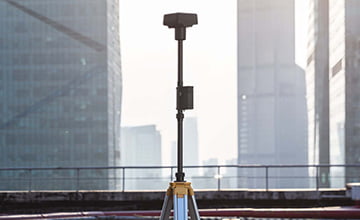
Seamless Compatibility with D-RTK 2 Mobile Station
Support your Phantom 4 RTK missions with the D-RTK 2 Mobile Station – providing real-time differential data to the drone and forming an accurate surveying solution, or acquire accurate location coordinates when used as an RTK rover. The Mobile Station’s rugged design and OcuSync transmission system ensures you can gain centimeter-level accurate data with your Phantom 4 RTK in any condition.
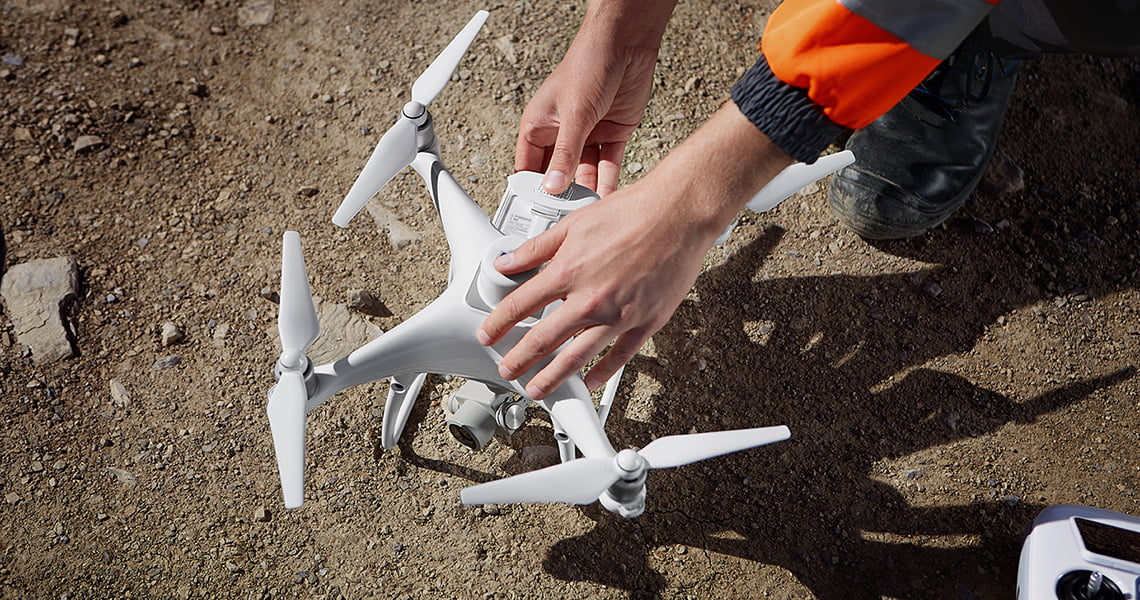
Access a Variety of 3rd Party Applications
Pilots with experience using 3rd party apps on DJI drones can access the world’s leading drone app ecosystem for their Phantom 4 RTK with the SDK Remote Controller. Users can plug in a compatible Android or iOS device and install any compatible DJI Mobile SDK-enabled app to harness the full power of their Phantom 4 RTK.
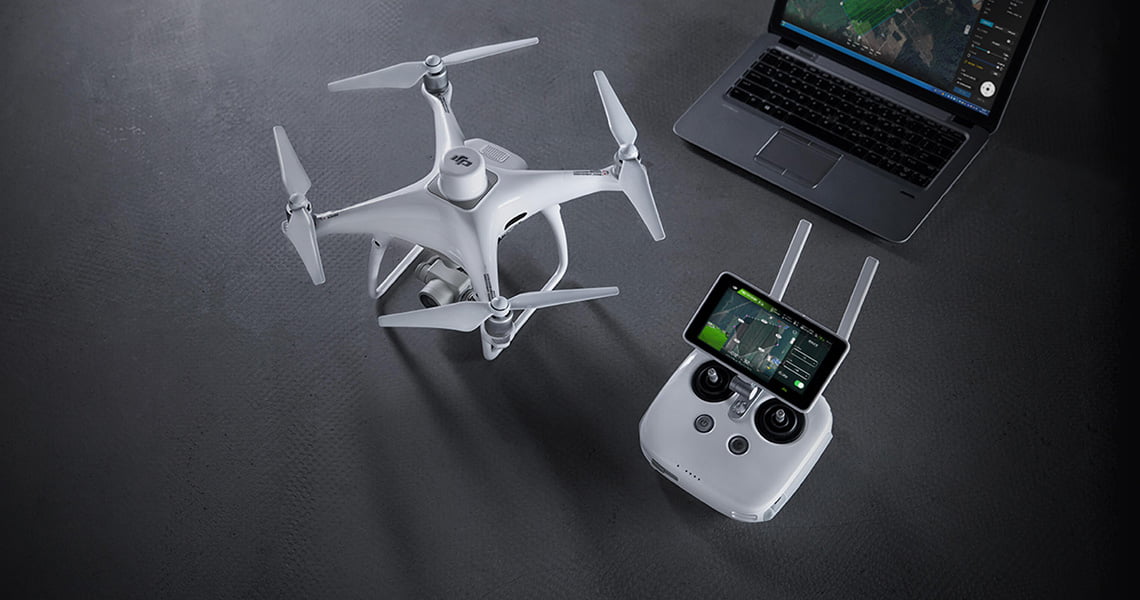
Start Mapping Today
With a built-in flight planning app (GS RTK) and an easy method to collect RTK data (RTK Network or D-RTK 2 Mobile Station), pilots have a full solution for any surveying, mapping or inspection workflow – right out of the box.


